Reconstruction Using Structured Light
- Typ:Studienarbeit
- Datum:2004
- Autor(en):Hao Li
- Links:.PDF
.BIB -
Extracting range data through active optical triangulation requires robust stripe edge detection w. r. t. the emitted pattern. On the other hand, due to ambiguous subpattern in the pro jection caused by the limitations of the windowed uniqueness property, corresponding a pattern consisting of multiple stripes, in attempts to reduce the number of input images, often leads to mislabeling. Moreover, high frequency shape and shading variations in the scanned ob ject introduce significant noise in the resulting range map. We propose several extensions and an implementation of a subpixel-accurate shape acquisition system using color structured light. Assuming that stripes have a certain width, our edge detection criterion is achieved by restricting the number of consecutive edge pixels and exploiting the positive metric for multi-spectral edge detection. We fix the multipass dynamic programmed labeling by considering a background plane behind the object and masking it during the triangulation. The subpixel accuracy from one single input image can be obtained by approximating the gradient of the square local contrast with a piecewise linear curve. Finally, we present a noise reduction technique on the range map through meshing followed by a parametrized face orientation culling. Experimental results have demonstrated major improvements in terms of robustness against acquisition noise, shading variations and complex shapes in the multi-pass dynamic programming approach originally proposed by Zhang et al. [ZCS02].
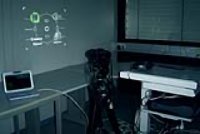 |
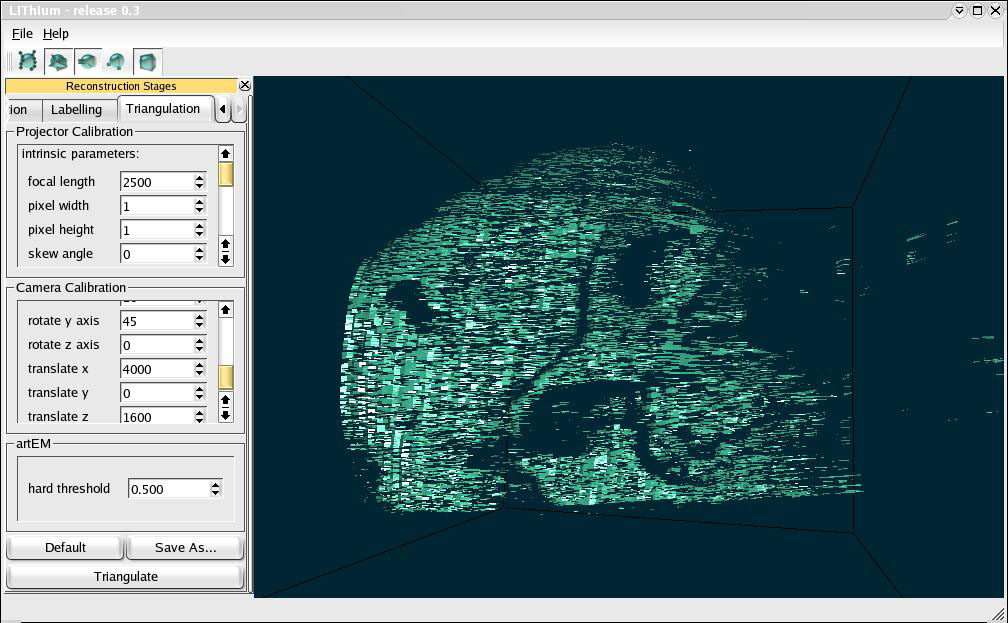 |
| Our optical triangulation system | A screenshot of the implemented scan software "LIThIum" |
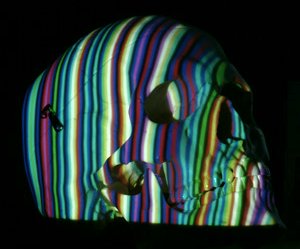 |
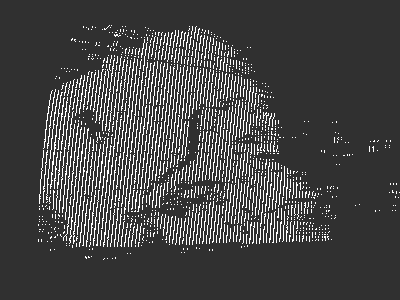 |
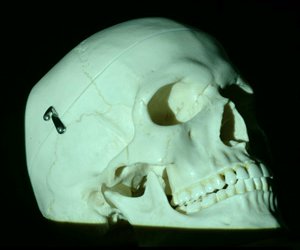 |
Scans of medical data. Object provided by the University of Heidelberg, Institute of Anatomy and Cell Biology. Thanks go to Mr. Janczak and Jin Li. |
